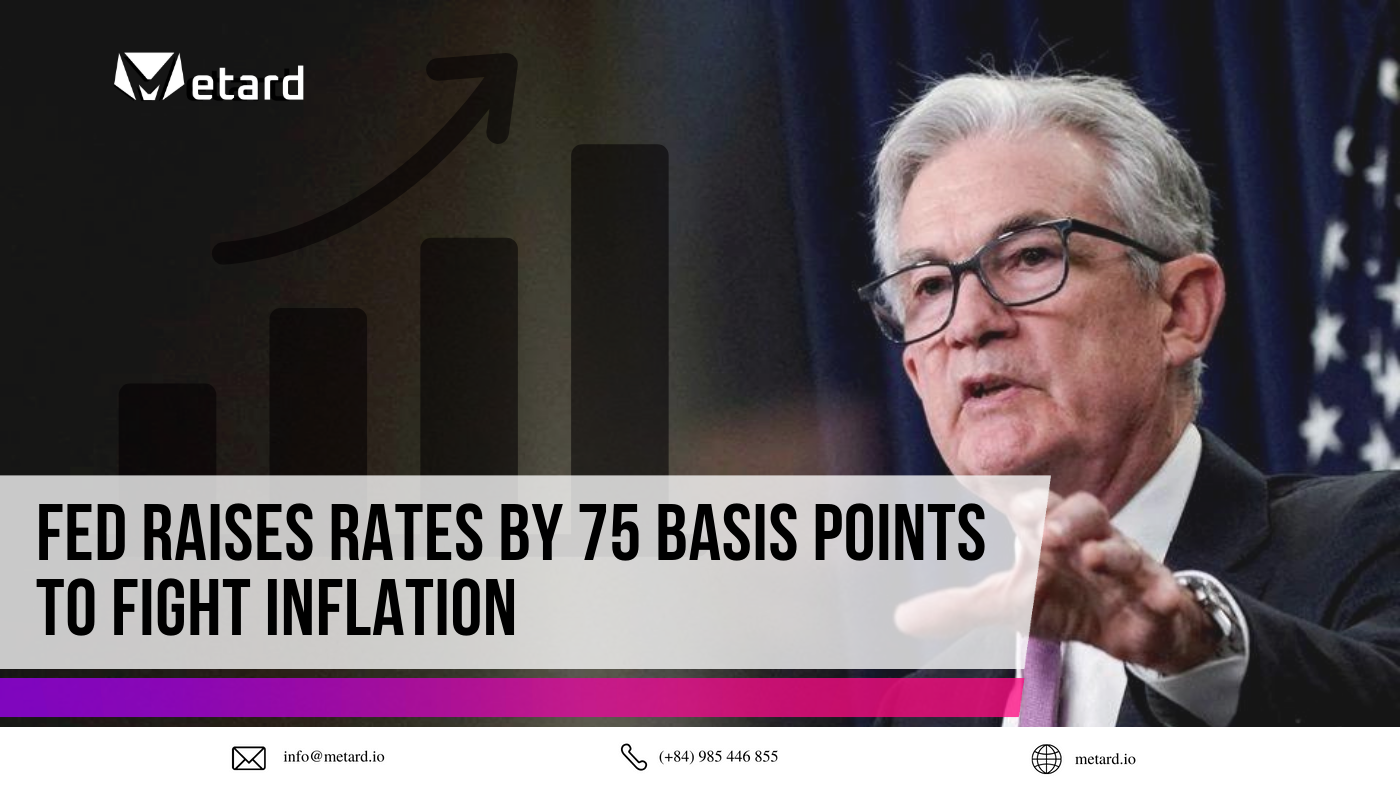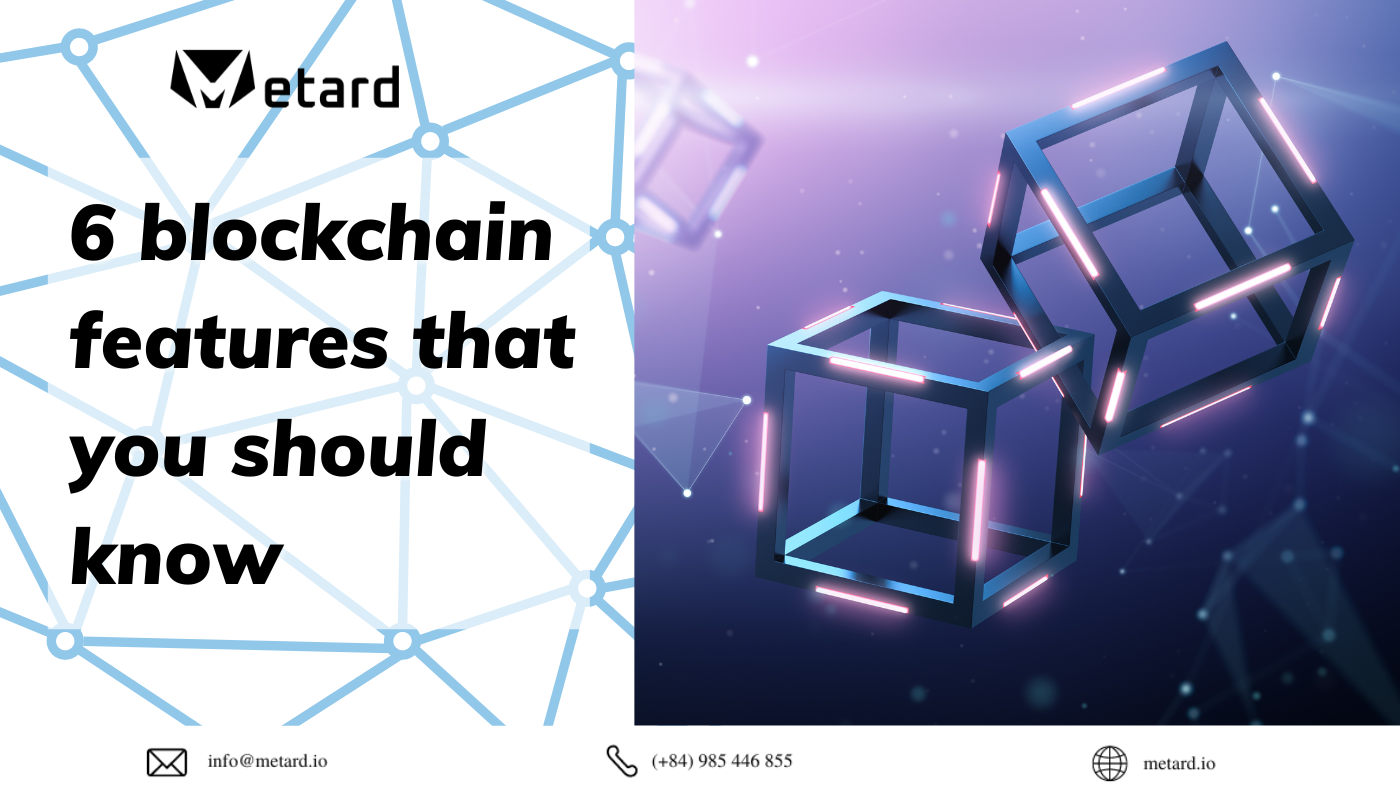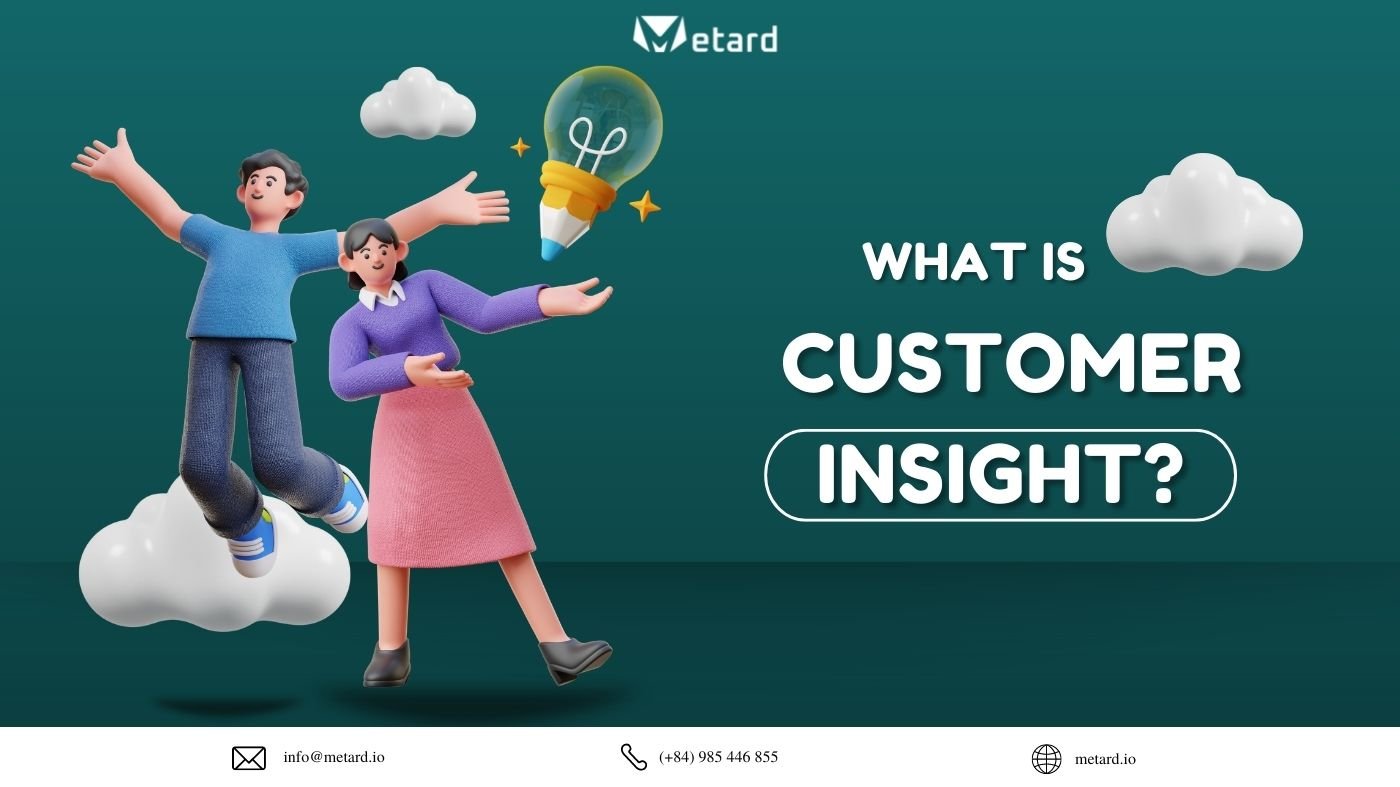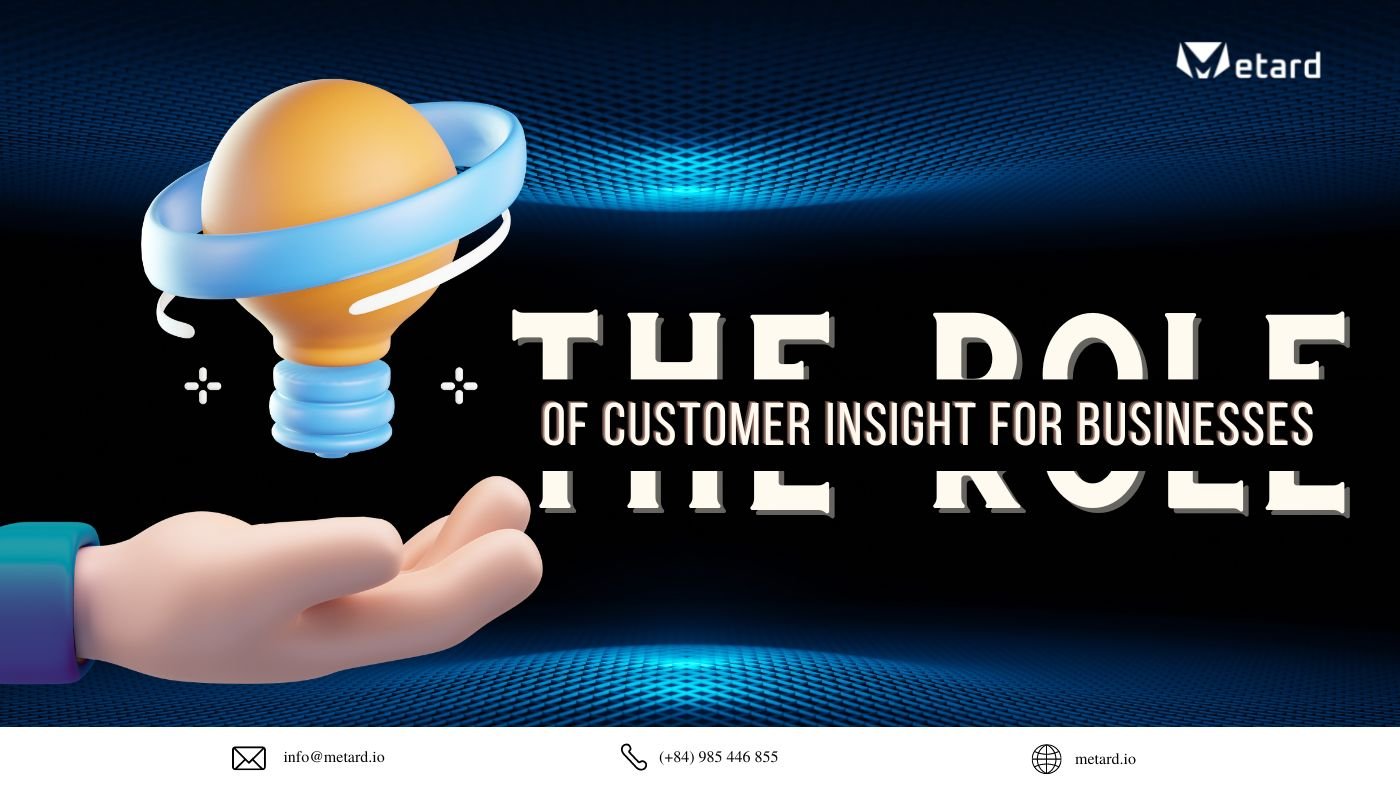How well do you know about web3? What makes it different from web1 and web2?
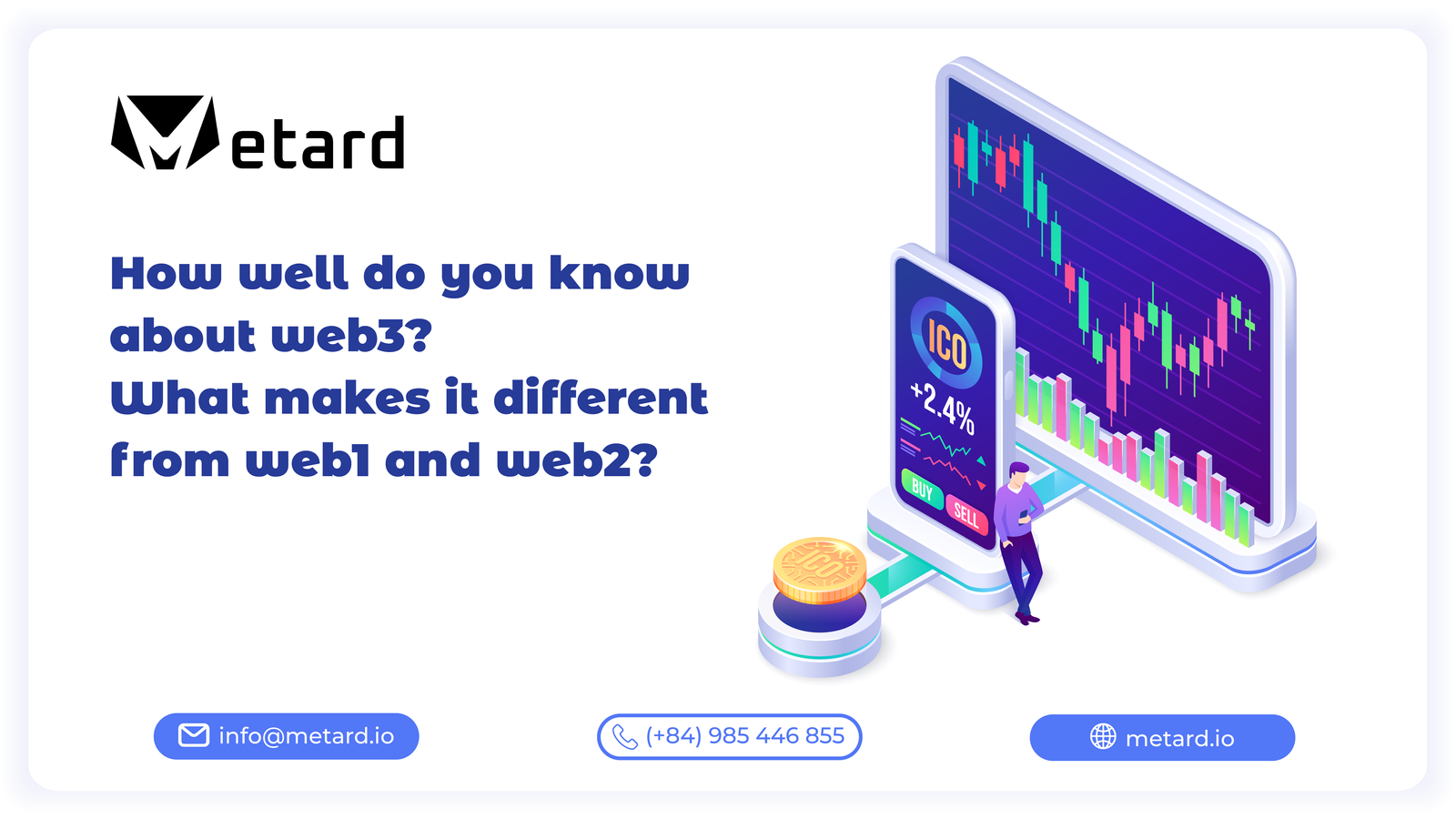
Web3 is a keyword that has attracted a lot of attention lately. So what is Web3 and does Web3 really have the potential to change the kernel in the future?
Before diving into what web3 is, let’s learn about the most basic concept and go back in time to better understand the previous web generations.
What is a Website?
Websites are a collection of information that can be accessed through the Internet. This information set is what developed and posted on the Web, from articles, social networks, entertainment sites, …
Web1 – Information Display
Born in 1989, Web 1.0 created a place to help users access information more easily. However, Web 1.0 at that time was basically just text lines with links to other articles. Users are mostly just consumers of information and cannot interact with the content they read. The creation of content to post on the web was also very limited at that time.
Web2 – Information Transformation
Appears tools to improve Web such as Javascript, CSS,… These tools are the premise for platforms like Youtube, Facebook, Wikipedia,… to develop. Thanks to these platforms users can gradually interact with the content they read and even better, they can now create content (Creators) and share it publicly.
There is no denying the benefits that online platforms give us. People in many countries can interact with each other and access more information. However, as time goes on, the more power is concentrated in a few giants in the technology industry, Web 2.0 is gradually deviating from their original purpose.
Tech giants blatantly exploit personal information from users for their own profit. To use a service of Web 2.0 platforms, we usually have to provide a certain amount of information. The content and information created by users but are not owned by them when Facebook, Twitter, … can easily delete posts or lock an individual’s account.
Web3 – Value Transfer
Web 3.0 is a version born to solve the problems of Web 2.0. With Web 3.0, power is transferred to the user, the user himself is the owner of his information and cannot be interfered with by anyone.
For example: With Web 2.0 to transfer money to another person, you have to depend on banking applications and need to provide the necessary information, the bank can track and block your transaction. With Web 3.0, we can freely transfer money to anyone with just a crypto wallet such as Binance wallet, Metamask wallet, … without being interfered with by a third party.
In the next article, we will take a closer look at the breakthroughs that web3 brings and its potential in the future.
